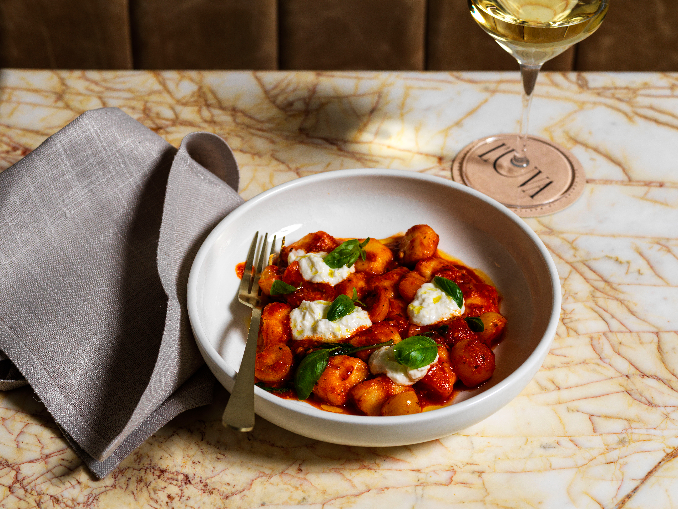Even though food safety is at a high level today, according to some estimates, Australia has more than 5 million, while the US has 48 million cases of foodborne illnesses every year. The statistics are similar all over the world, actually. While they can’t be eradicated, foodborne illnesses can be prevented if we store the food in the fridge and cook it properly. Most foods are best kept cold to prevent the formation of bacteria. And your fridge is the best way to keep the ingredients and foods cold and safe from the elements. Let’s see just how important your fridge can be for food safety:
Avoiding the “danger zone”
Refrigeration is the key when it comes to keeping your foods free of bacteria. Pathogens grow in most natural environments, but they prefer temperatures between 40 and 140°F, AKA the “danger zone”. All foods kept in this temperature zone for more than two hours have the predisposition to develop a lot of bacteria. Check the temperature of your fridge often and make sure to keep it 40°F or 5°C (or below that). This cold environment will keep your foods defrosted yet free of pathogens. Luckily, most modern refrigerators have a built-in thermostat, so you can always monitor the temperature. If not, consider keeping a thermometer in the fridge, which might look silly, but is crucial for situations like power outages. When the power returns, you can check the temperature and if it’s still below 40°F, you can keep your food.
Proper storing is important
Best refrigerators are those that come with many shelves and compartments because proper storing of food can minimize the growth of pathogens and the possibility of foodborne illness. When storing your food in the fridge, put the products with the lowest cooking temperature at the top. This minimizes the possibility of higher-temperature cooking foods dripping on lower-temperature cooking foods and causing contamination.
According to experts, keep ready-to-eat foods on the top shelf—foods that can be eaten without being cooked. Next, store the foods that need at least 135°F or 57C to be cooked—these foods can be hot held, but are not falling into any of the other categories. The third shelf includes seafood, cuts of beef, pork, veal, roasts and eggs (these should be cooked to 145°F or 63°C). Meat that has been injected, ground or tenderized should be kept on the fourth shelf and prepared at minimum 160°F or 68°C. The lowest shelves are reserved for foods with the highest cooking temperatures—chicken, duck, turkey, fowl, stuffing, leftovers, etc.
Photo by Polina Tankilevitch: https://www.pexels.com/photo/assorted-fruits-and-vegetables-in-refrigerator-4443442/
Slow defrost
One of the best properties of fridges is their ability to thaw frozen foods safely. Ideally, thawing should be performed at temperatures that do not exceed the “danger zone” temperatures, which is around 5°C or lower. Sure, the defrosting process might last longer, but it will be much safer, with more uniform results. This is very easy to do with practical bottom mount fridges so you can simply pull out frozen meats from below and move them to your fridge to thaw. Bottom mount fridges are handy for many things, but having all your foods close to inspect is the biggest advantage since it allows easy meal planning and perfectly-timed fridge thawing. With your fridge-defrosted foods, you can expect excellent-tasting food with a minimal number of bacteria.
Throwing the food away
No matter how good your fridge is, the development of pathogens cannot be stopped completely, just slowed down. And while throwing foods away might seem like a big waste, sometimes, it’s more than necessary to clean out your fridge of old foods for your safety and the safety of your family, friends or customers. Of course, you can keep leftovers in the fridge for a few days but make sure to throw them out before they spoil. Leftovers or uncooked foods that stay outside the fridge for more than two hours are best thrown out. Whenever you doubt the freshness of something, you better get rid of it.
Keeping it clean
It’s necessary to keep your fridge clean to ensure the top safety of your food. In case you notice any spills or drips, clean them immediately. Also, perishable foods that have gone bad should be thrown out (do this purge every week). To ensure the freshest smell in your fridge, place an open container of baking soda inside as a natural odor sponge.
Your fridge can make your life easier and safer in many ways. Make sure to opt for a high-quality appliance with precise temperature control and different storing levels, so you can always keep your foods free of pathogens and tasty to eat.

